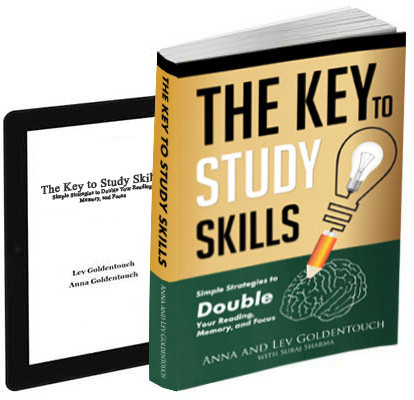Imagine embarking on a journey where the classroom is just a click away, and the world of knowledge is right at your fingertips. Online education has revolutionized how we learn, breaking down geographical barriers and offering unparalleled flexibility. Yet, this convenience comes with its own set of challenges. How do you stay disciplined when your …
Continue reading “Tips for Effective Online Learning in Education Programs”










